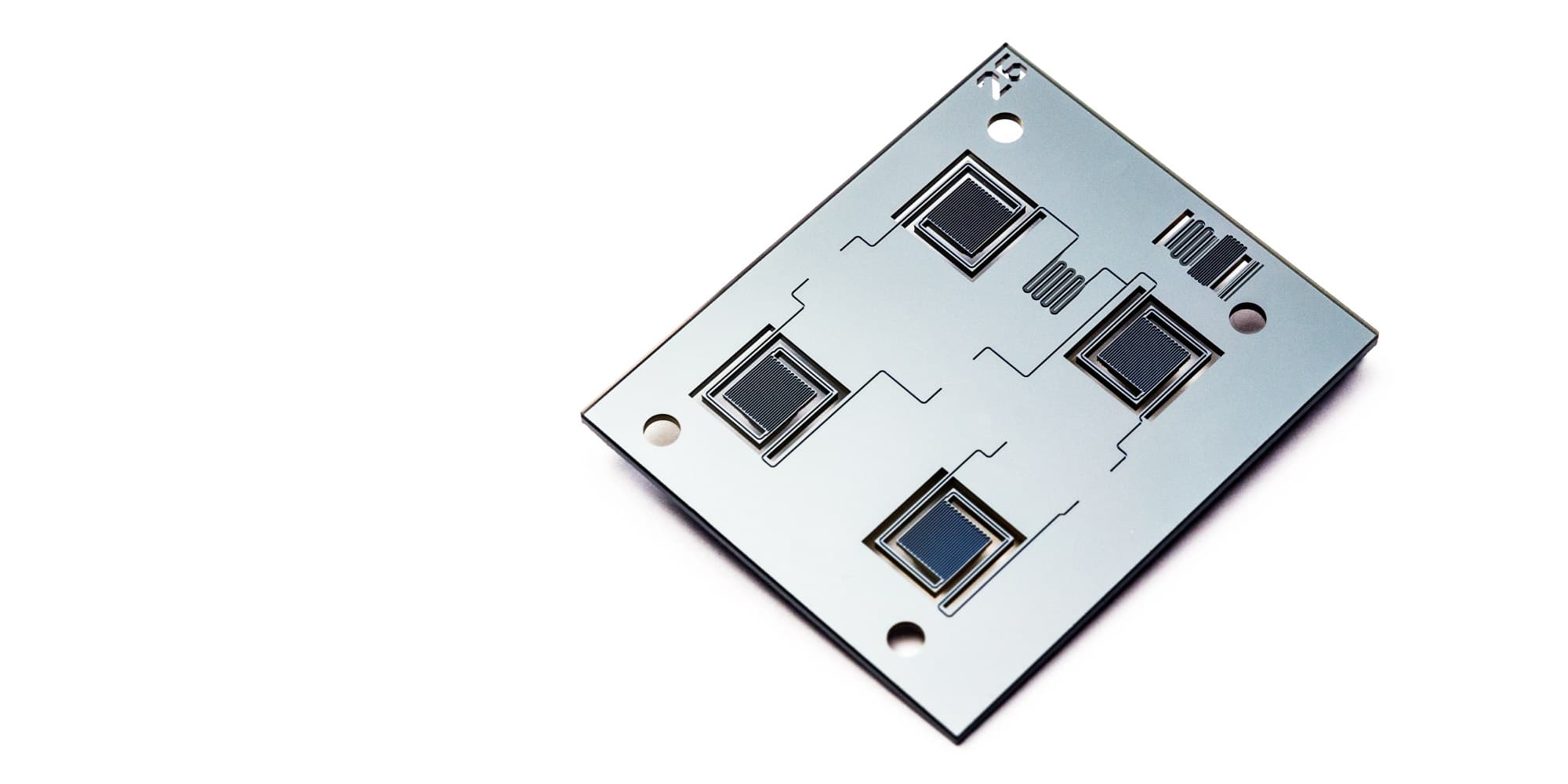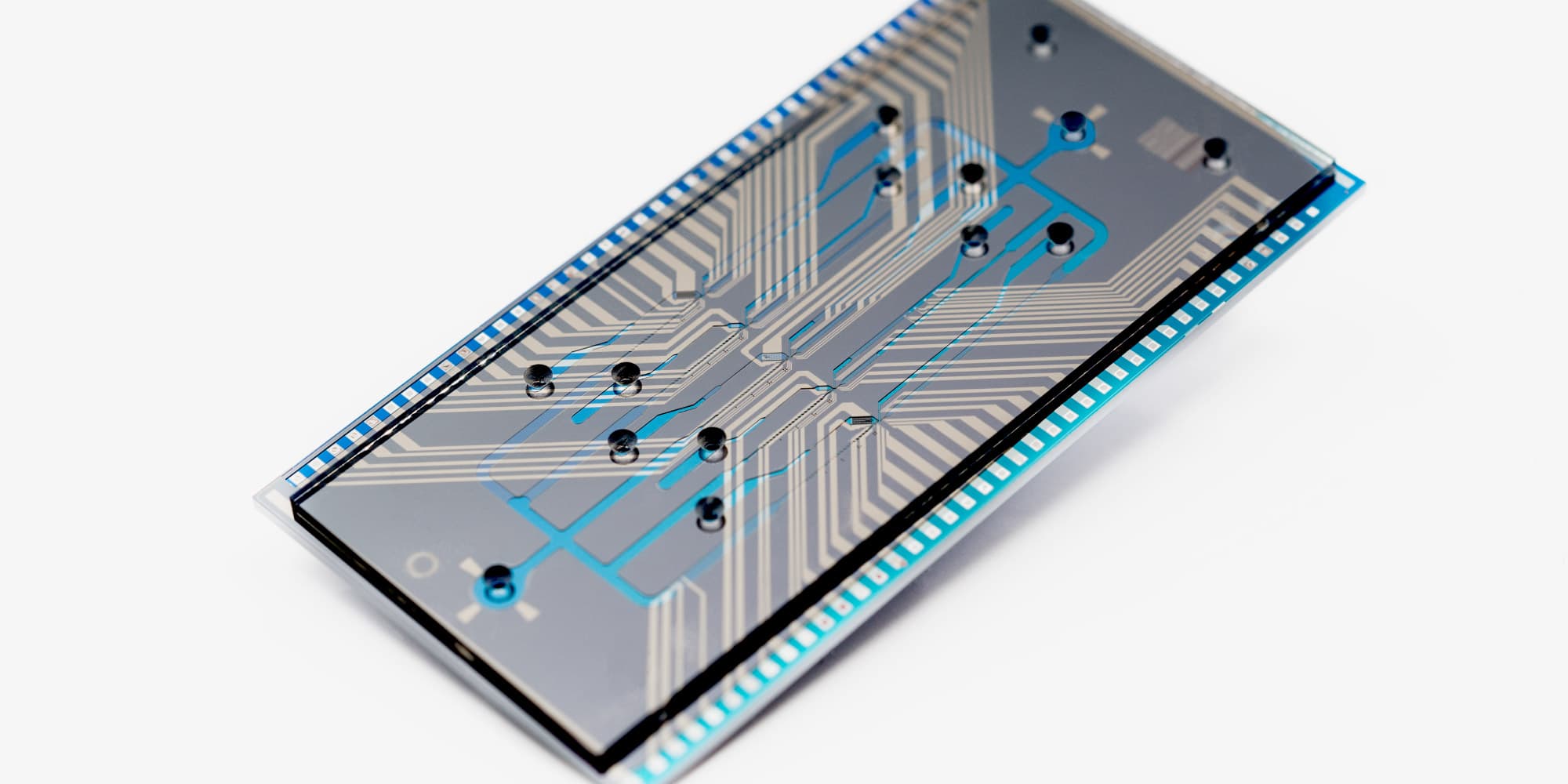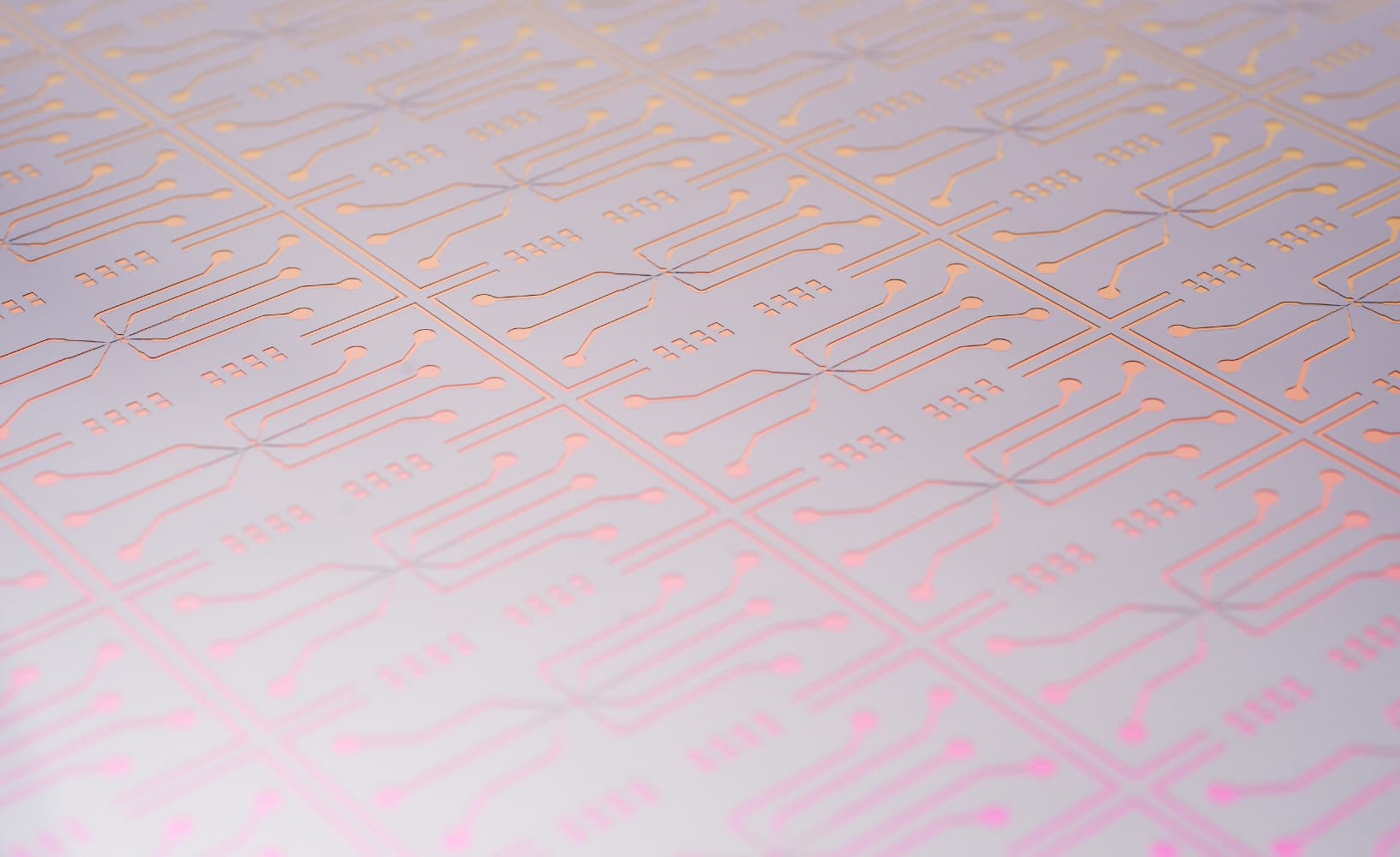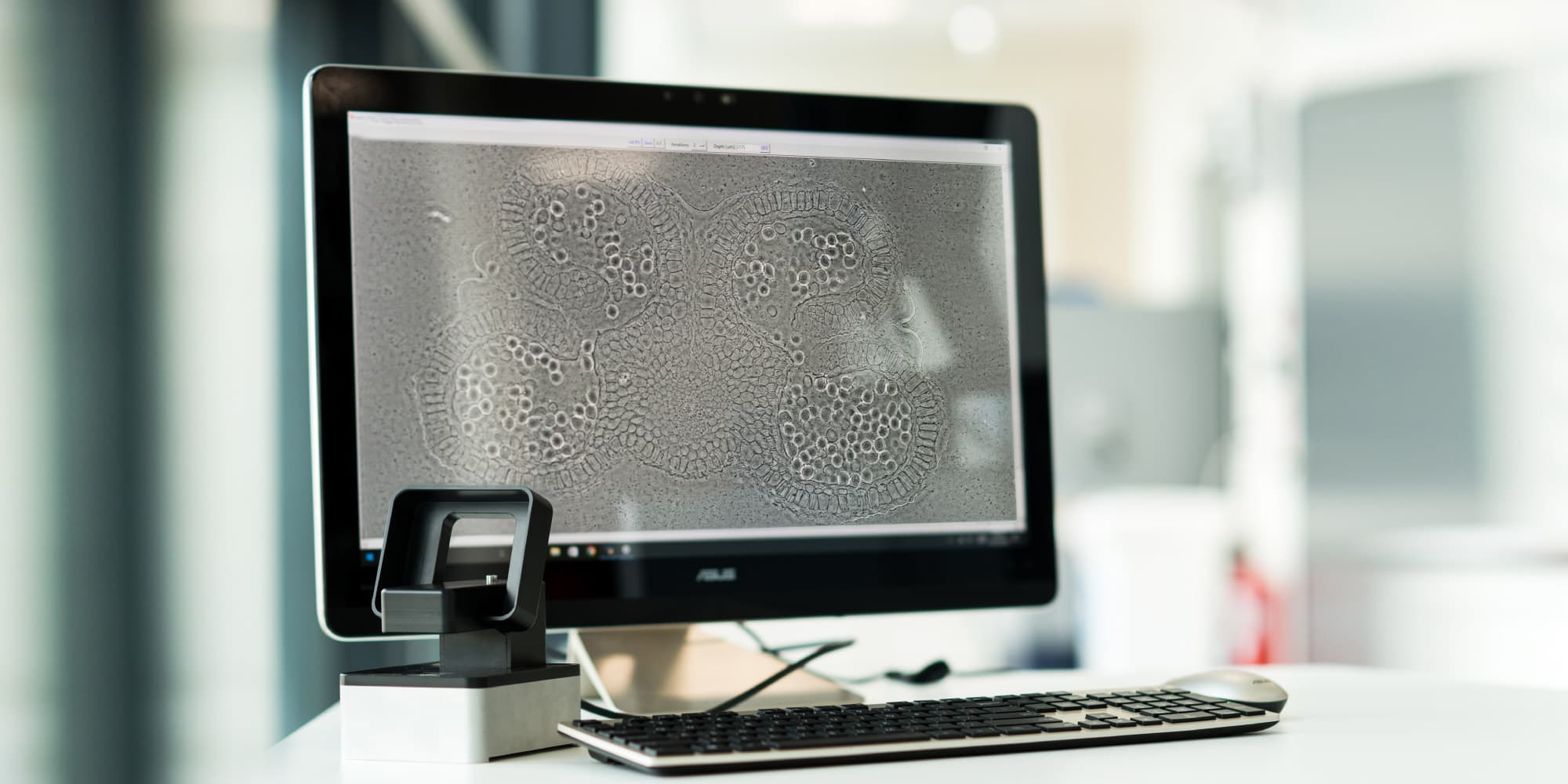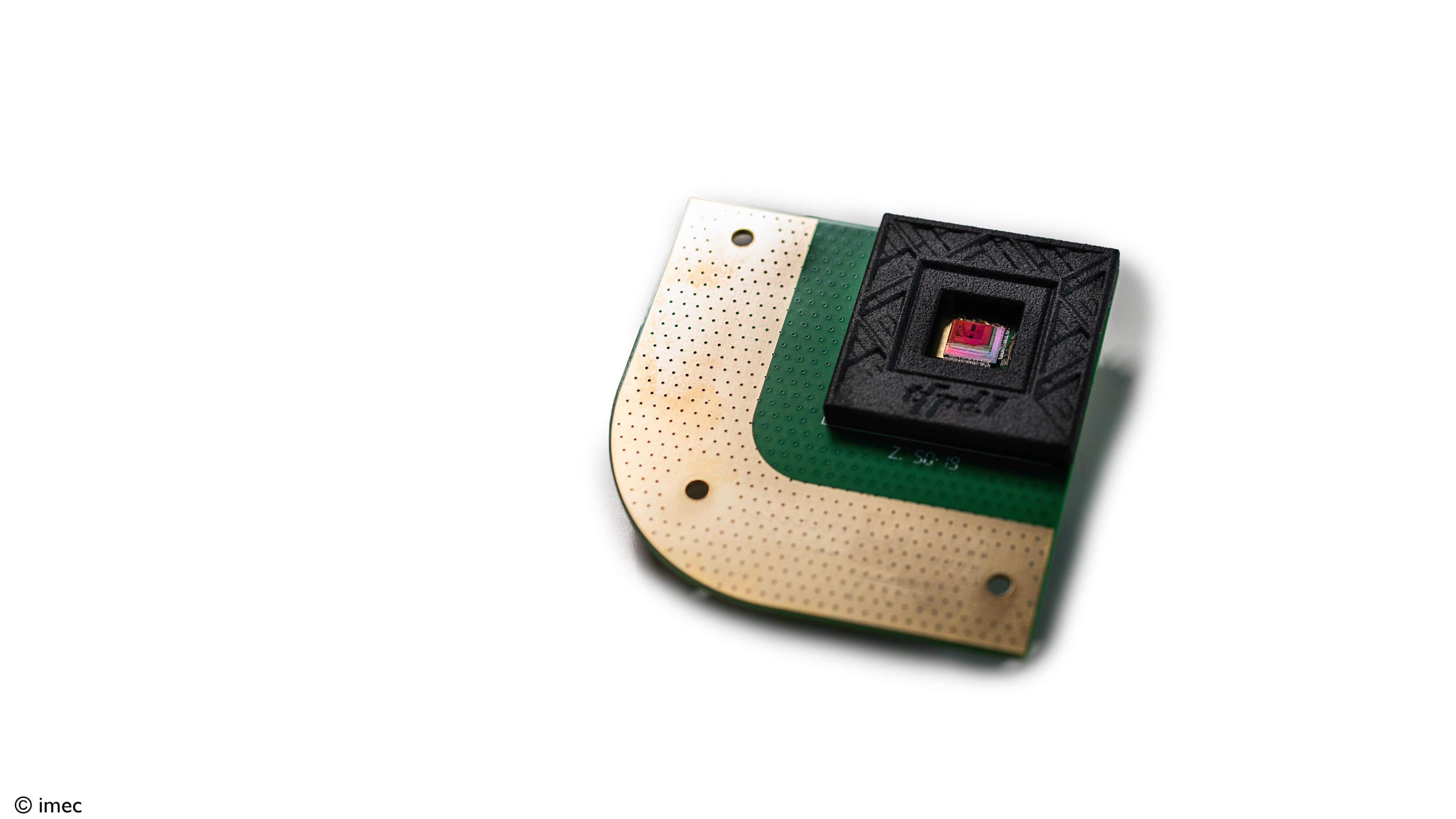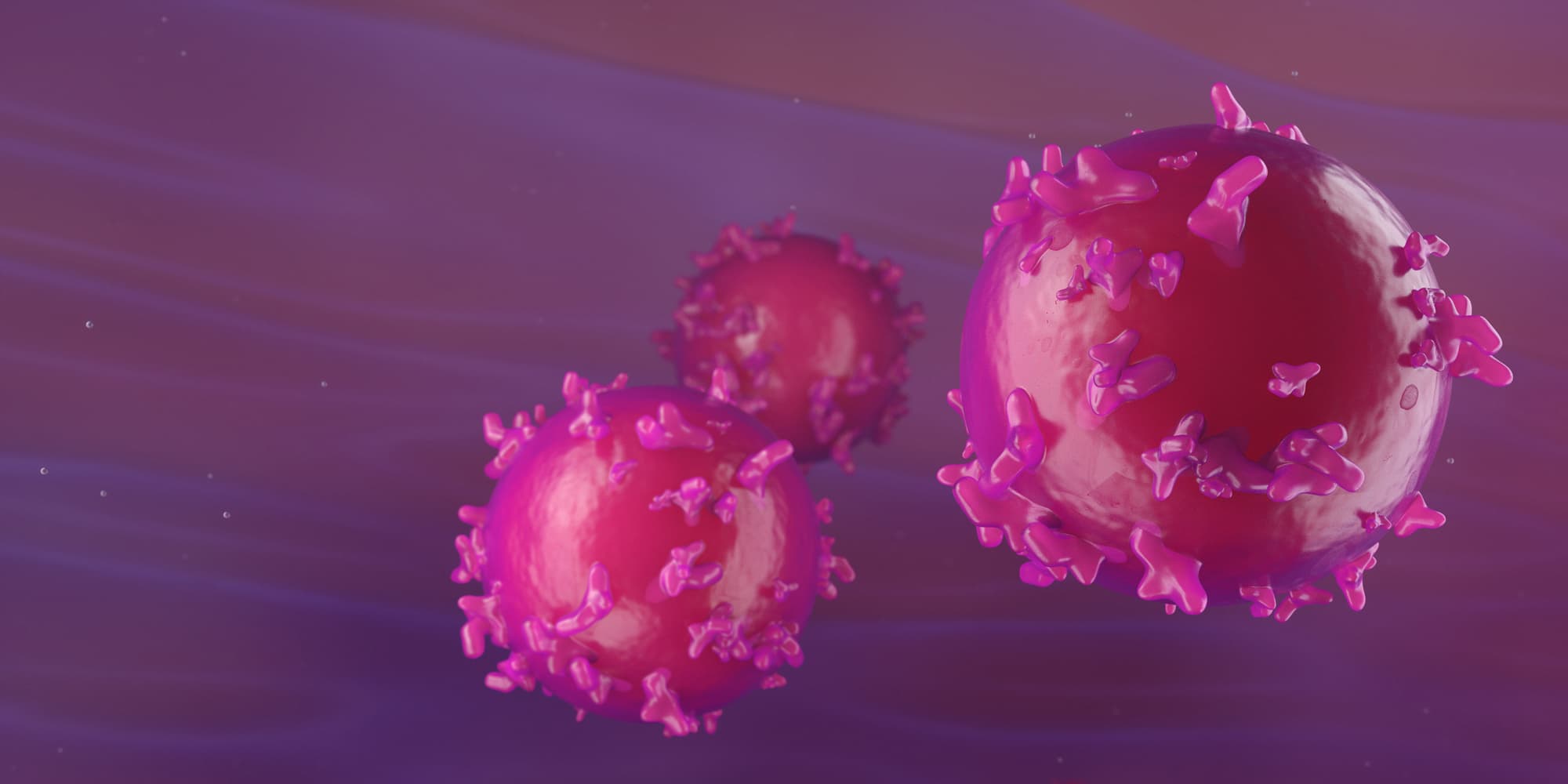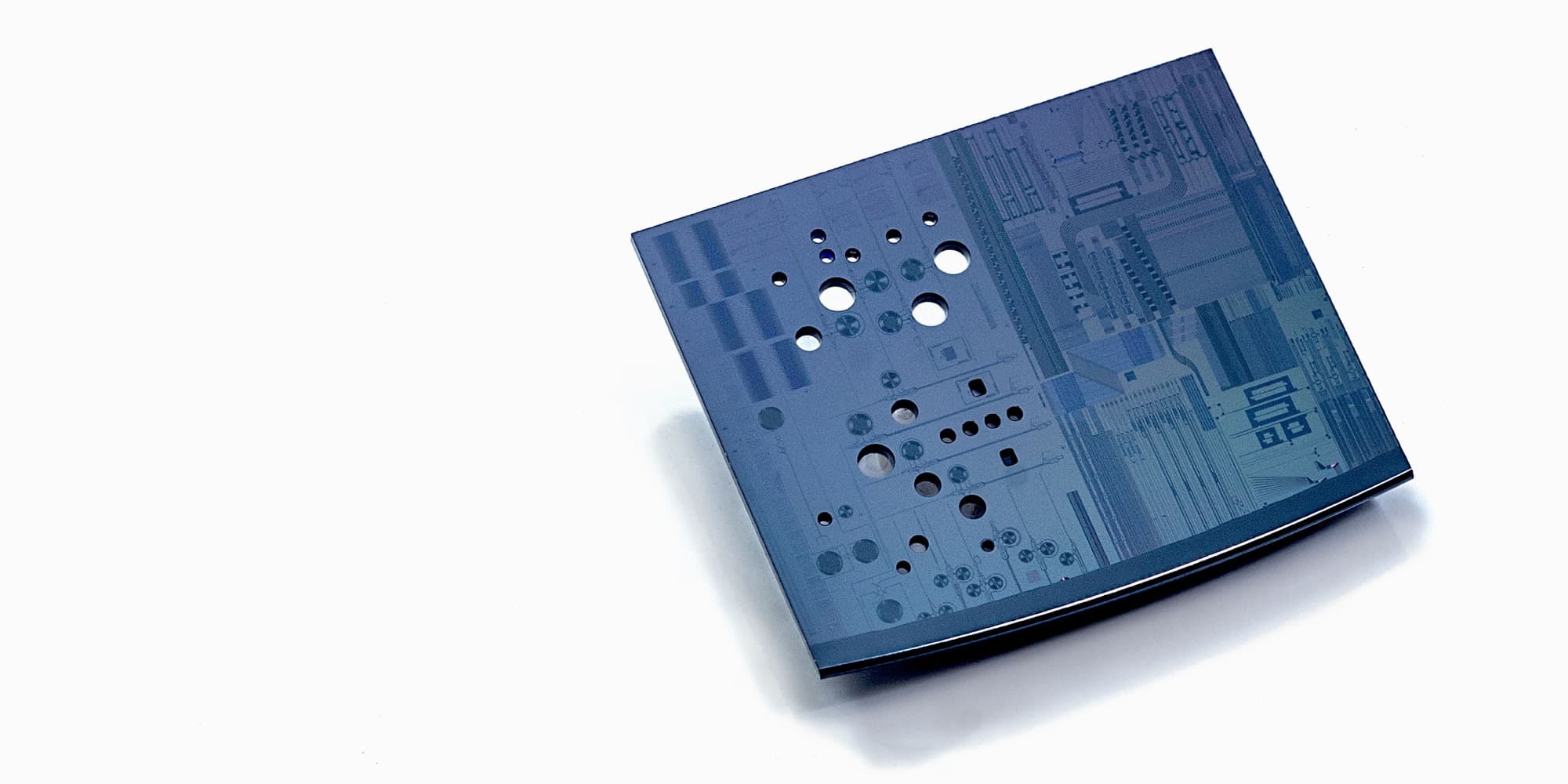
Biosensor technology
Imec combines its CMOS platform with on-chip microfluidics and electrical/photonic sensors. This enables chips for fast and accurate detection of cells, DNA, small molecules, antibodies, and more.
Biosensors that use bioreceptors, transducers and electronics to determine the presence and/or amount of an analyte have been around for decades. They are essential for diagnosis, monitoring of diseases and their treatments, biomedical research and drug discovery.
More recently, biosensor technology is making its way out of the research labs and can be found in:
- in point-of-care equipment
- on the body, in wearables
- in the body, in ingestibles and implantables
These new applications, as well as improvements of existing systems, are enabled by advances in nanotechnology. They lead to smaller form factors, lower costs, and faster results. At imec, we leverage our wide-ranging infrastructure and expertise to support our partners in further pushing those boundaries.

Prototype of imec’s ingestible sensor, an example of how nanotechnology enables new biosensor applications.
Miniaturizing biosensors through nanotechnology
The advantages of shrinking the components of a biosensing system go far beyond more compact form factors. They also include:
- Multiplexing: the possibility of simultaneously measuring multiple biomarkers or DNA sequences through biochips that integrate up to 100 sensors per mm².
- Increased speed: immediate sample-to-result read-outs.
- Smaller reagent volumes: less than 1 µl is needed per measurement, reducing the assay cost.
- Improved accuracy: a high signal to noise ratio enables online detection of even a small number of molecules.
Finally, the combination of biosensors and nanotechnology allows the integration of various components on so-called lab-on-a-chips that are mass-producible. Driving down costs and raising the prospects of widely available personalized medicine.
In-house toolbox of biosensor technologies
Imec is one of the world’s few R&D centers that houses all the disciplines needed to develop such biosensor chips:
- Microfluidics, to deliver liquid samples to the sensor or mix them precisely.
- Microelectronics, such as finFET-based and nanowell FET biosensors for high-sensitivity molecule detection
- Photonics, to build structures such as waveguides, splitters and filters for photonic integrated circuits (PICs) that allow label-free absorbance-based and fluorescence-based biosensing.
- Biochemistry and surface chemistry to coat and activate a sensor's surface for the attachment of receptors.

Impression of a finFET biosensor with DNA molecules attached to the sensor surface.
Moreover, imec draws upon its infrastructure and expertise to develop biosensor chips that are compatible with standard semiconductor manufacturing flows. Making it easy to scale up from prototyping to low- and even high-volume manufacturing.
Want access to our biosensor technology portfolio for the development of your solution?

